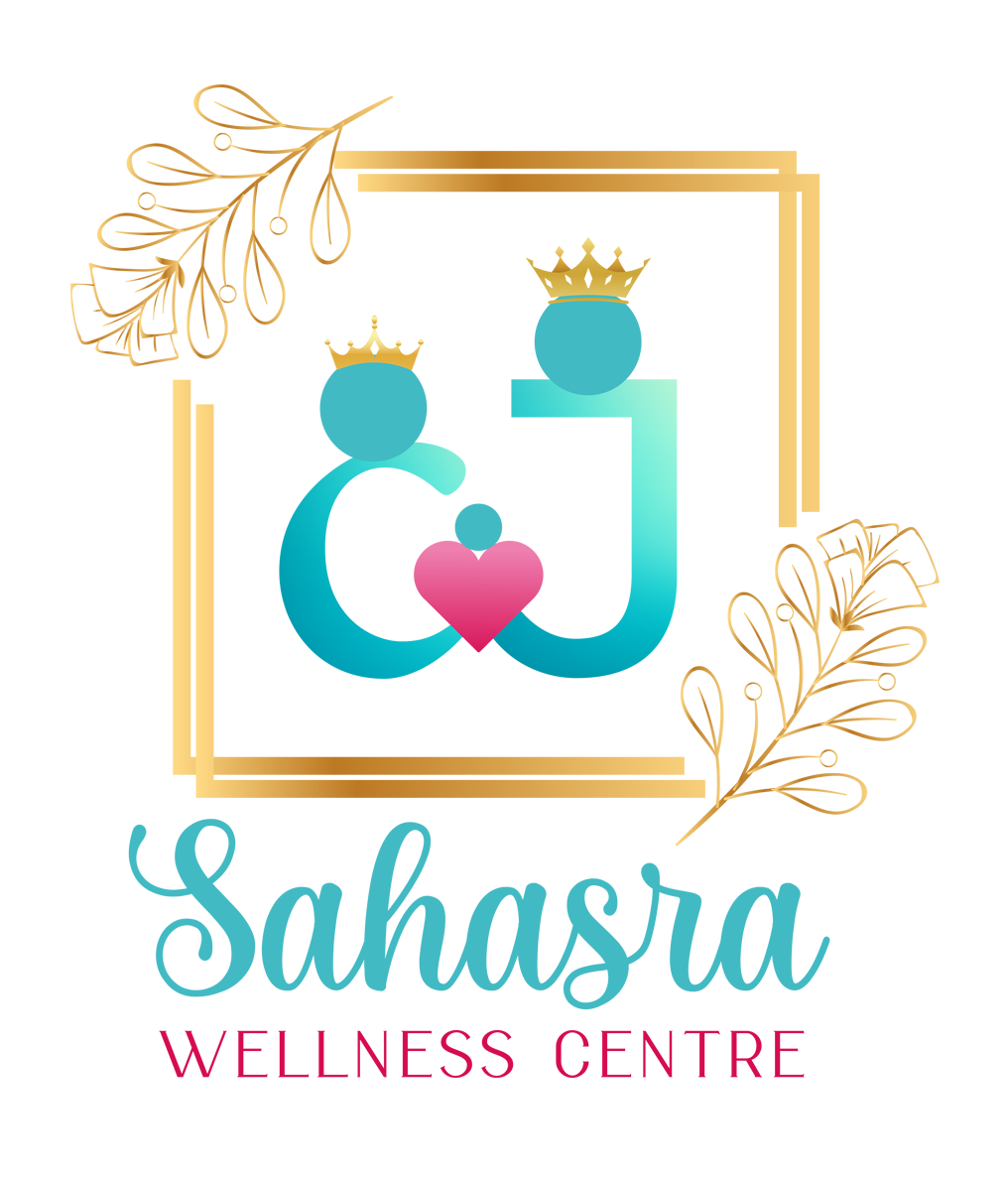-
By: admin
- 0 Comments
- Sahasra
Introduction:
While breastfeeding is a beautiful and rewarding experience, it’s not without its challenges. From sore nipples to overactive letdown, these hurdles are common but manageable. In this blog, we’ll address some of the most frequent challenges new mothers face and provide effective solutions to help you navigate your breastfeeding journey with confidence.
1. Sore Nipples and Pain: A Hurdle Worth Overcoming
Breastfeeding should not be painful. Sore nipples often result from an incorrect latch or positioning. Here’s how to prevent and manage nipple discomfort:
Ensure Proper Latch: As covered in our previous blog, a correct latch is key. Gently break the suction before repositioning your baby if you feel pain.
Nipple Care: Apply your own breast milk to your nipples after each feeding and allow them to air dry.
Use Nipple Cream: Lanolin-based nipple creams can provide soothing relief.
Change Positions: Experiment with different breastfeeding positions to minimize pressure on sore areas.
Seek Help: If pain persists, consult a lactation consultant to address any underlying issues.
2. Engorgement: Understanding and Alleviating the Discomfort
Engorgement occurs when your breasts become overly full and firm, making it challenging for your baby to latch. Here’s how to relieve engorgement:
Frequent Nursing: Nurse your baby frequently to keep milk flowing and prevent excessive fullness.
Warm Compresses: Apply warm compresses or take a warm shower before nursing to encourage milk flow.
Hand Expression: Gently hand express a little milk before nursing to soften the breast and make latching easier.
Cold Packs: Use cold packs between feedings to reduce swelling and discomfort.
Pump with Caution: If you pump to relieve engorgement, do so for a short time to avoid overstimulating milk production.
3. Low Milk Supply: Tips for Boosting Your Milk Production
Low milk supply concerns are common, but they can often be addressed with a few adjustments:
Frequent Nursing or Pumping: The more you nurse or pump, the more milk your body will produce.
Stay Hydrated and Well-Nourished: Drink plenty of water and eat a balanced diet rich in protein, whole grains, and healthy fats.
Skin-to-Skin Contact: Holding your baby against your skin can stimulate milk production and enhance bonding.
Breast Compression: While nursing, gently compress your breast to encourage milk flow.
Herbal Teas and Lactation Supplements: Some herbs like fenugreek and blessed thistle are believed to support milk production, but consult your healthcare provider before using any supplements.
4. Overactive Letdown: Taming the Milk Fountain
An overactive letdown can lead to choking, gas, and fussiness in your baby. Here’s how to manage it:
Nursing Position: Try laid-back nursing or reclining to allow gravity to slow the milk flow.
Breast Compression: Use breast compression to control the flow during letdown.
Catch the Spray: Catch the initial fast flow in a towel or cloth, then re-latch your baby once the flow slows.
Block Feeding: Nurse from only one breast per feeding to help regulate milk flow.
Conclusion:
Breastfeeding challenges are a natural part of the journey, and with the right knowledge and strategies, you can overcome them. Remember, seeking support from a lactation consultant, healthcare provider, or experienced breastfeeding mothers can provide valuable insights and encouragement. Stay patient, take care of yourself, and cherish the moments of connection you share with your baby during this remarkable chapter.
